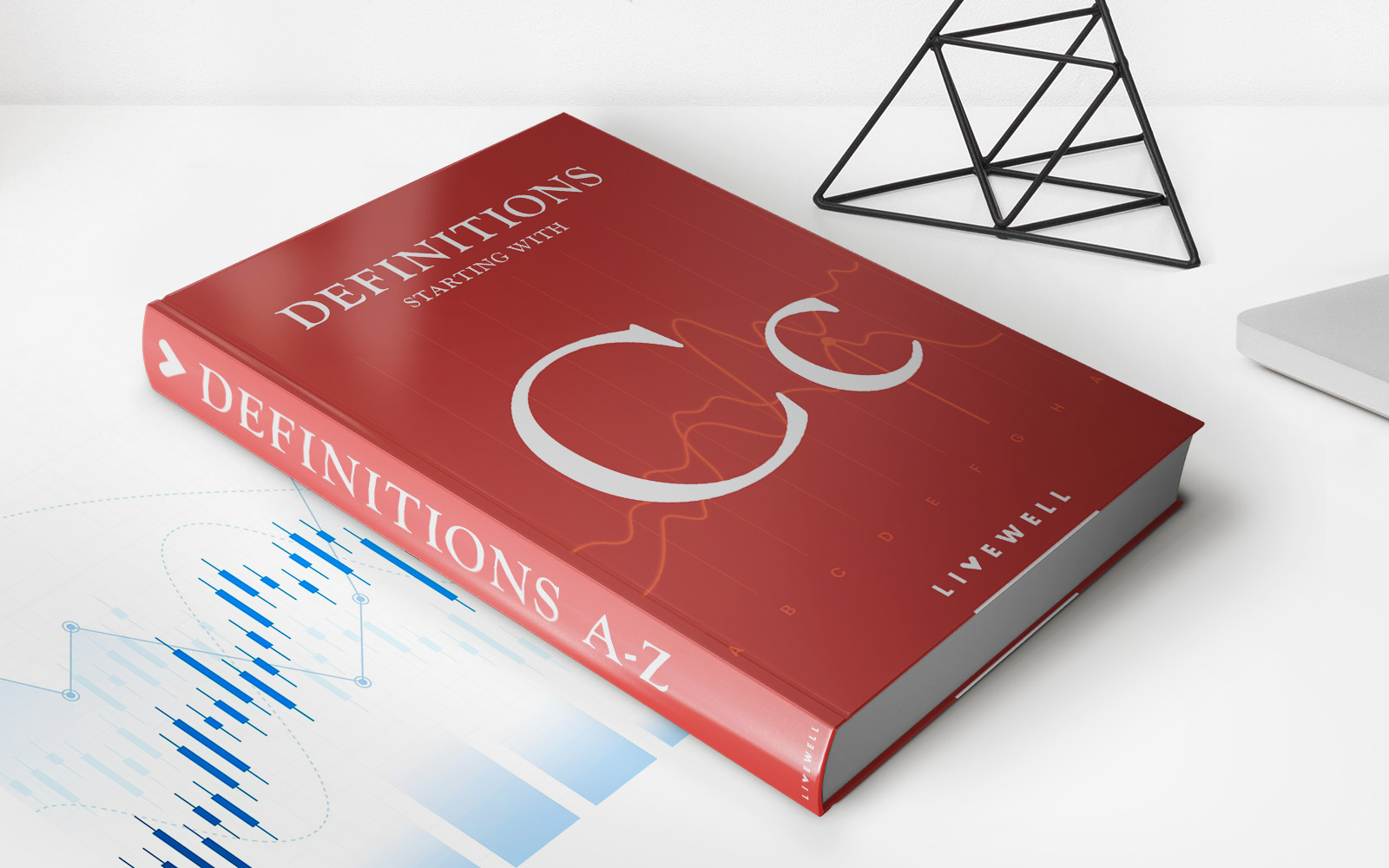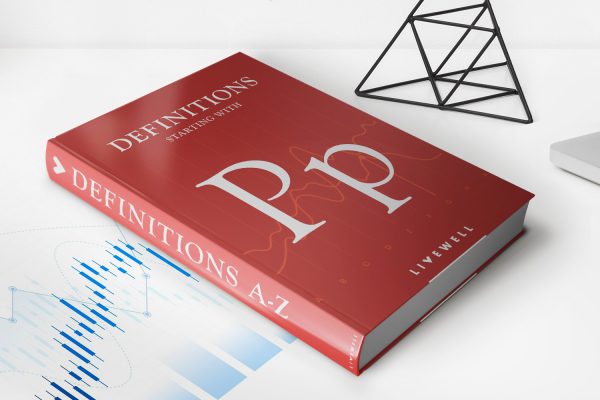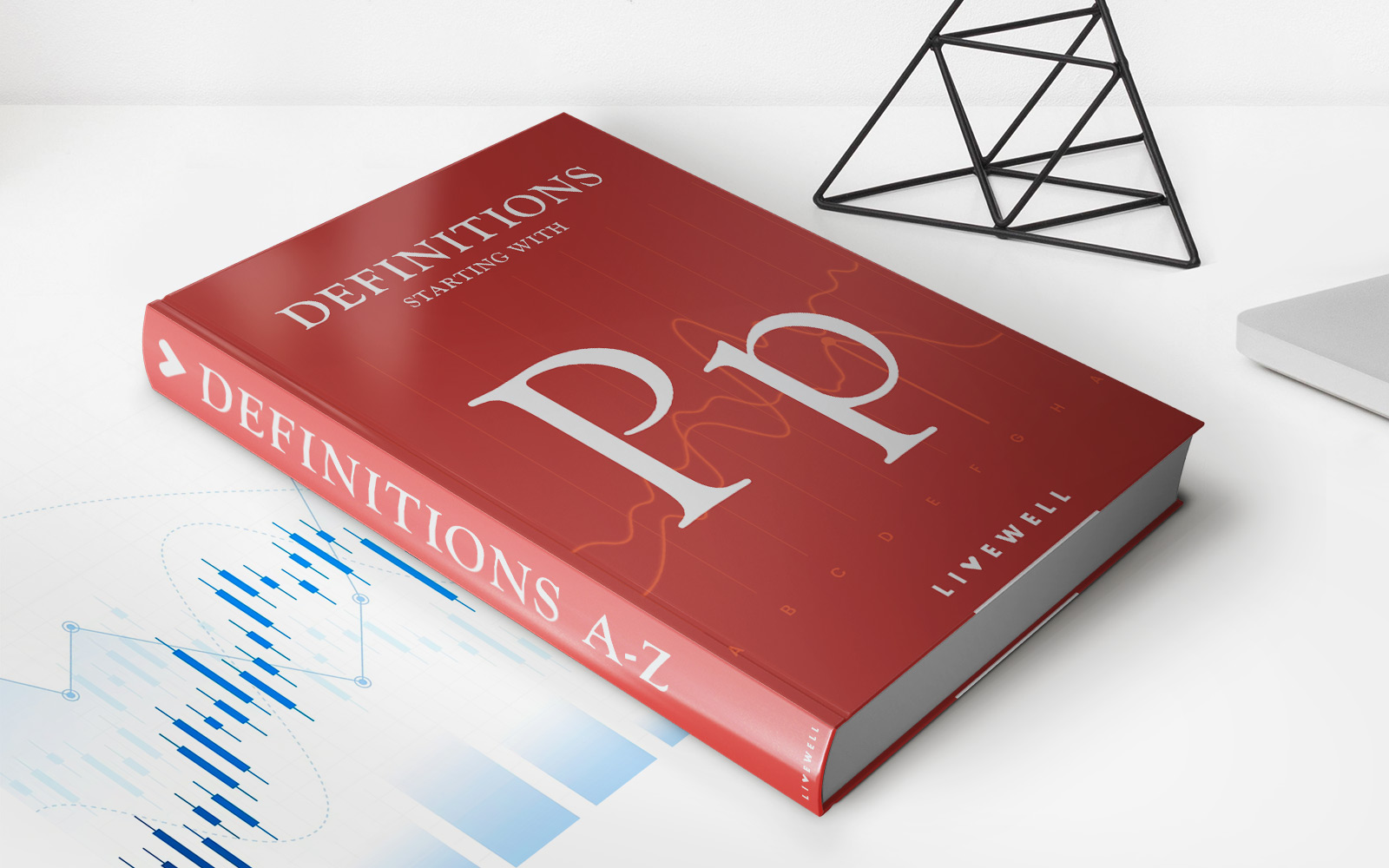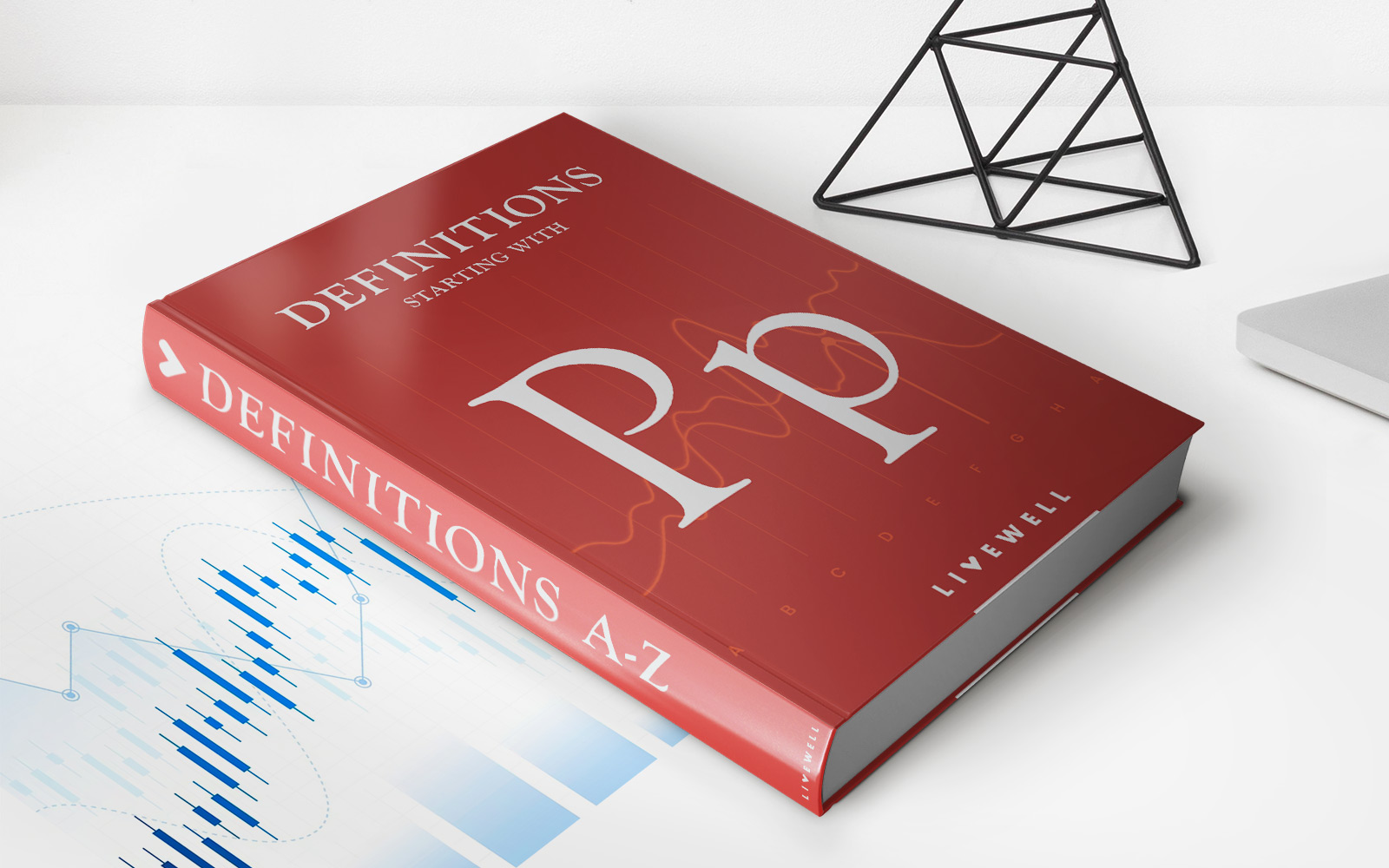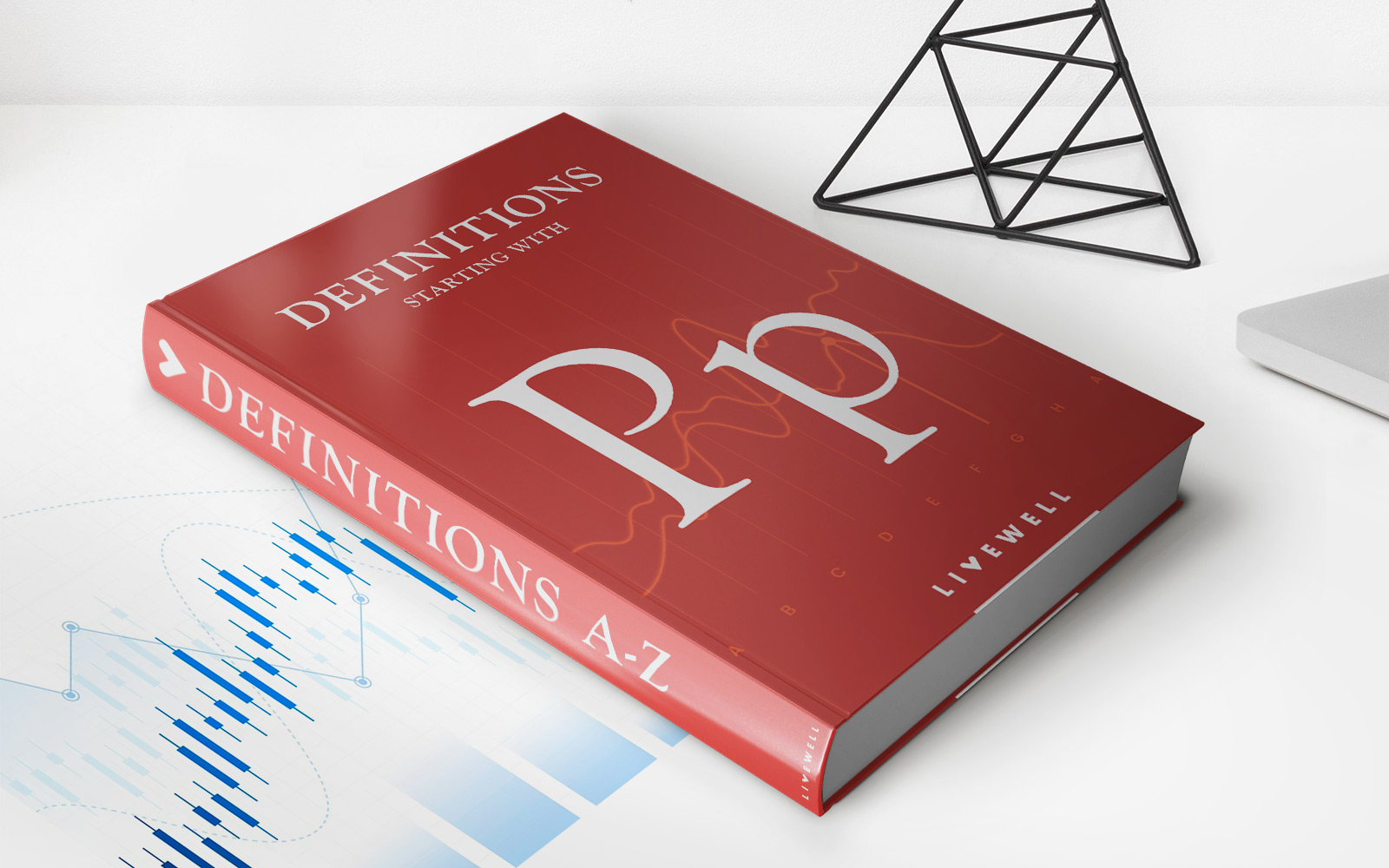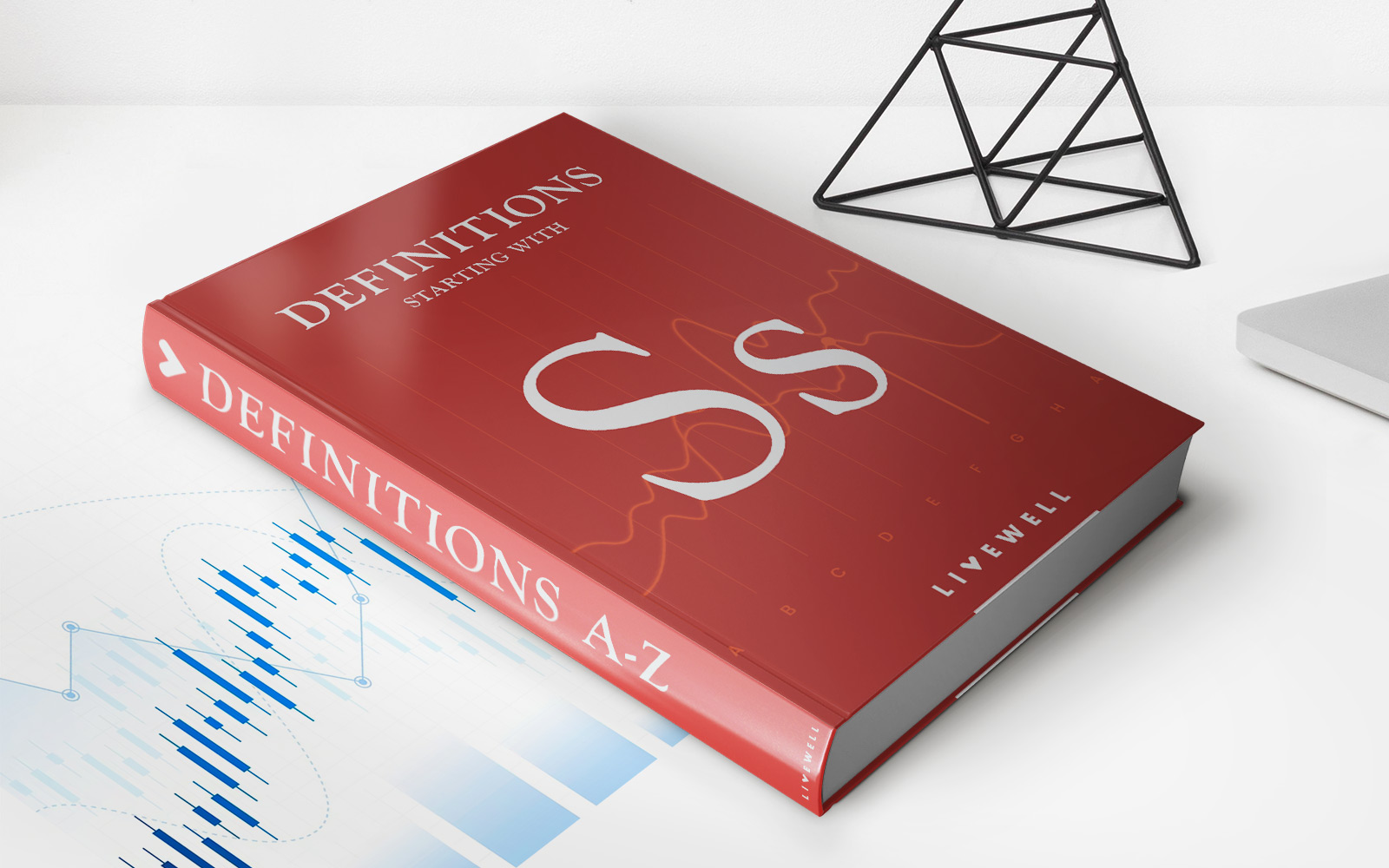Home>Finance>Price Skimming Definition: How It Works And Its Limitations
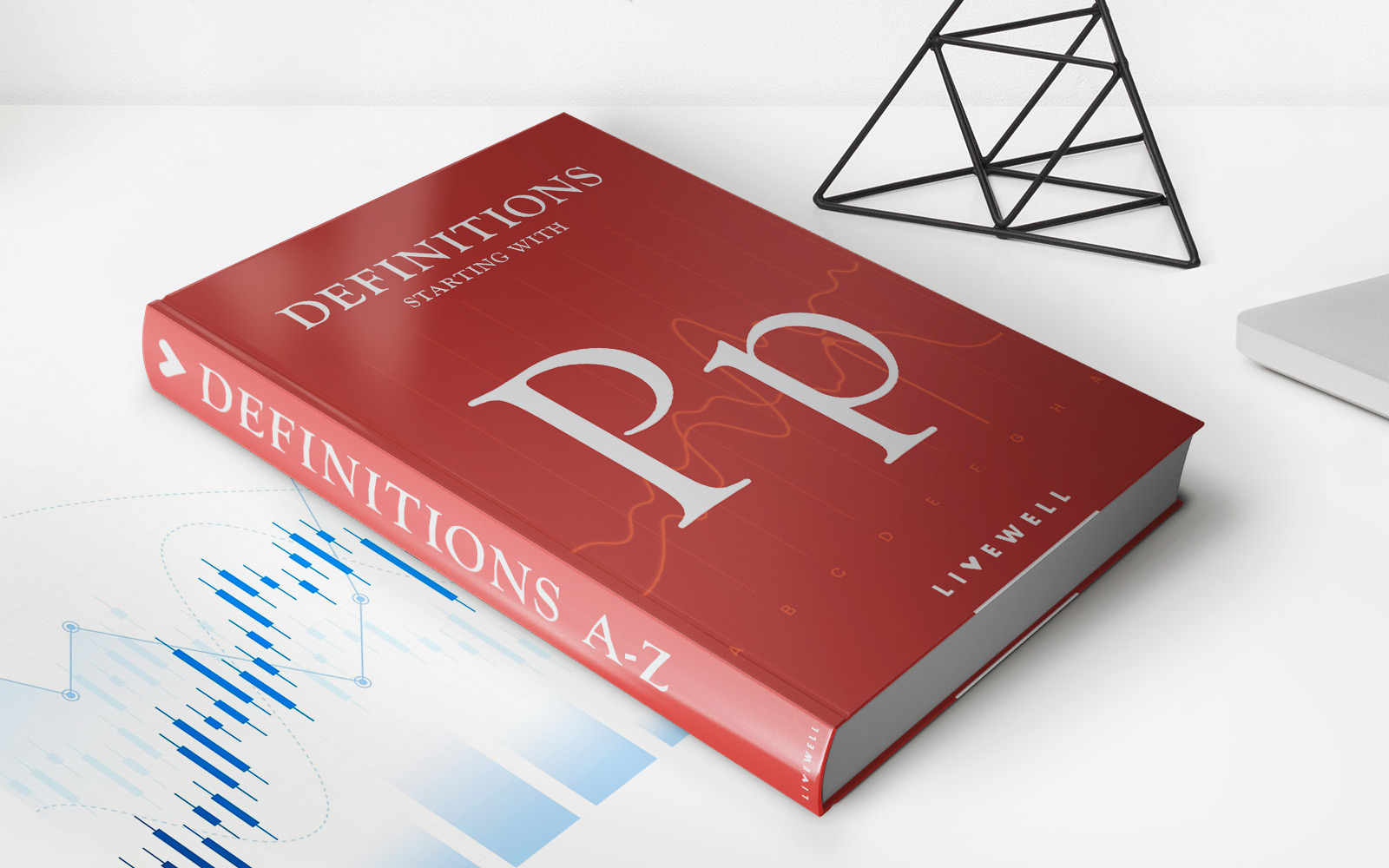

Finance
Price Skimming Definition: How It Works And Its Limitations
Published: January 11, 2024
Discover the definition of price skimming in finance and learn how it works, including its limitations. Explore this effective pricing strategy now!
(Many of the links in this article redirect to a specific reviewed product. Your purchase of these products through affiliate links helps to generate commission for LiveWell, at no extra cost. Learn more)
Price Skimming Definition: How It Works and Its Limitations
Welcome to our Finance blog category! In this post, we’ll be exploring the concept of price skimming, how it works, and its limitations. If you’ve ever wondered about this pricing strategy and its implications for businesses, you’ve come to the right place.
Key Takeaways:
- Price skimming is a strategy that involves initially setting a high price for a product or service and gradually lowering it over time.
- It is commonly used by businesses to maximize profits during the early stages of a product’s life cycle.
Now, let’s delve into the intricacies of price skimming. Essentially, price skimming is a pricing strategy where a company sets an initially high price for a new product or service and then gradually lowers it over time. This strategy is often employed by businesses to maximize their profits during the early stages of a product’s life cycle by targeting customers who are willing to pay a premium for novelty or exclusivity.
How does price skimming work, you may wonder? Let’s break it down:
- Market Entry: When a new product or service is introduced to the market, companies employing price skimming aim to attract early adopters who are often willing to pay a higher price for the latest innovation.
- High Initial Price: The company initially sets a higher price point, taking advantage of the demand from customers who are willing to pay a premium for the uniqueness or perceived value of the product.
- Gradual Price Reduction: As time progresses, and the market becomes more saturated or competition intensifies, the company gradually lowers the price to attract a broader customer base and maintain market share.
- Market Expansion: Lower prices help companies to expand their market reach, as more price-sensitive consumers become interested in the product or service.
However, it’s important to be aware of the limitations associated with price skimming. Let’s explore them:
- Barrier to Entry: High initial prices may deter potential customers who are price-sensitive and prefer to wait until the product becomes more affordable.
- Short-Term Strategy: Price skimming is a short-term pricing strategy that may not be sustainable in the long run, especially if competitors enter the market or manufacturing costs decrease over time.
- Consumer Perception: Charging a premium price initially may create expectations of superior quality or features, which could lead to disappointment if the product does not meet these perceived expectations.
- Reputation Risks: If customers perceive the early adopters as being taken advantage of with higher prices, it could potentially harm the company’s reputation and future sales.
In conclusion, price skimming is a strategy used by companies to maximize their profits by setting high initial prices for new products or services. While it can be effective in certain situations, businesses need to be mindful of its limitations. It’s essential to carefully consider the target audience, market conditions, and the long-term sustainability of the pricing strategy.
We hope this blog post has provided you with valuable insights into the concept of price skimming. Please feel free to explore our other finance-related articles for more informative content. Stay tuned!

